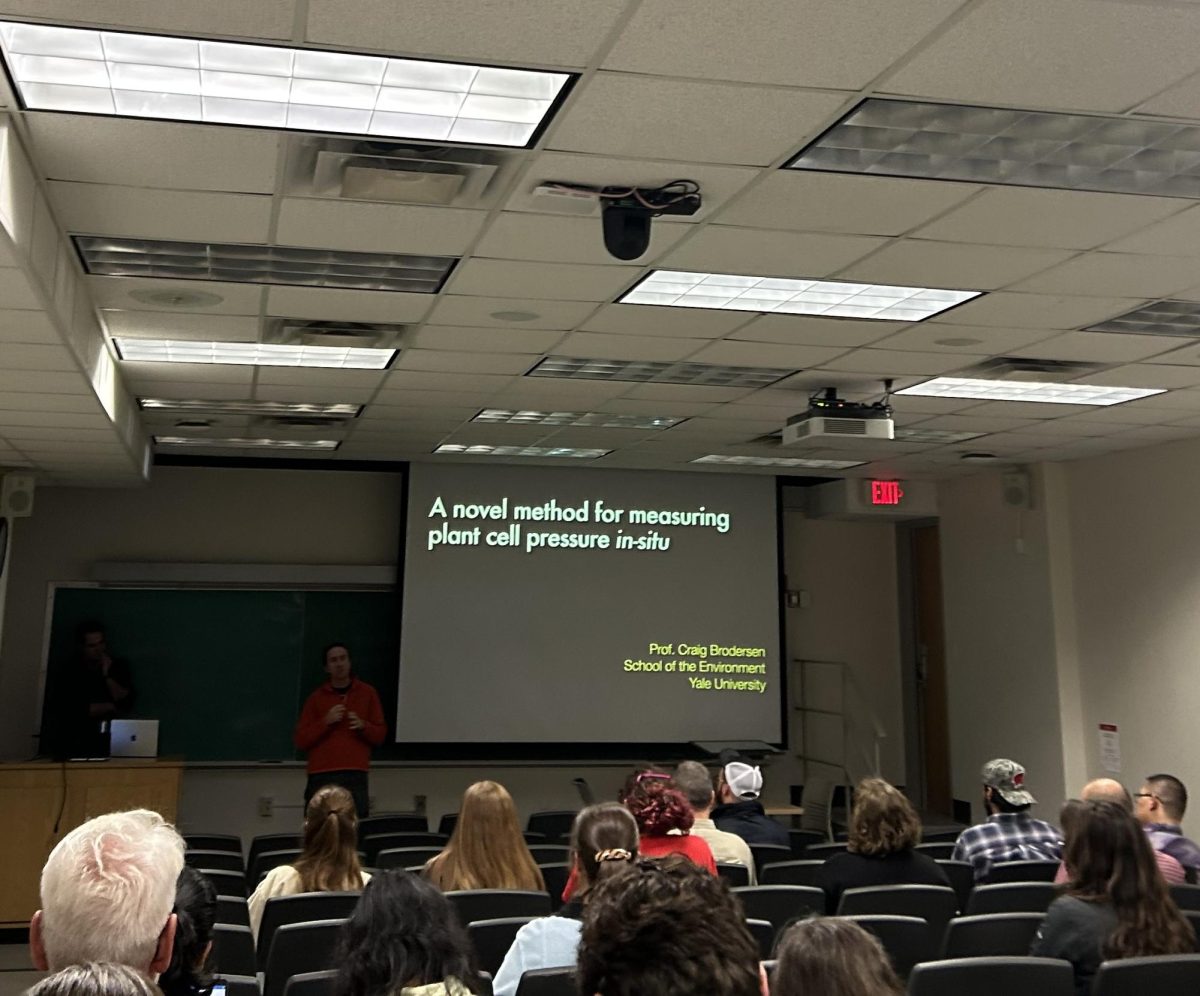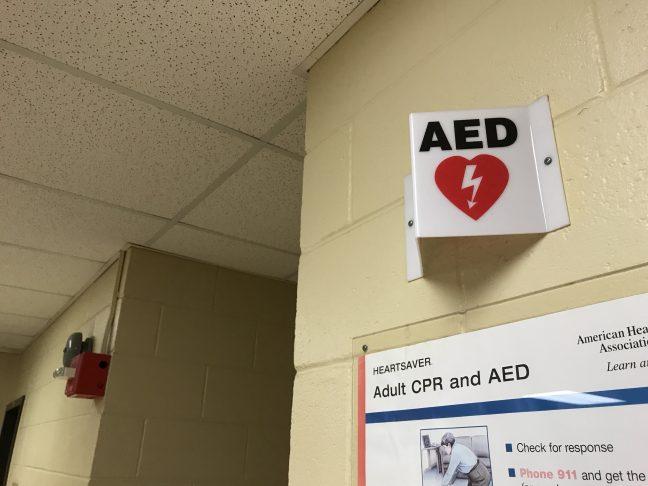The Lab Report: Every week, the Lab Report takes a deep dive into the (research) lives of students and professors outside the classroom.
Research at the Morris Lab at the University of Wisconsin is centered around the impact of radiation on anti-tumor response to immunotherapies. Treating late-stage melanoma or other cancers could be improved with immunotherapies such as in situ vaccination, UW junior Alejandro Onate said.
Onate has been studying in situ vaccination with the B-78 melanoma cell line in mice as a part of the Morris Lab in the Department of Human Oncology since the fall of 2019. Treatments such as chemotherapy and radiation are a challenging experience for cancer patients, Onate said, but other means of treating cancer patients could provide an effective and easier route of treatment.
“Immunotherapies have been thought of as the way forward to combat cancer,” Onate said. “I think future treatments will become much more humane and much less hard on the patients.”
The Lab Report: Developing antiviral compounds and alternatives to radioactive labeling
Metastatic cancer is cancer that starts at one part of the body and spreads to another site on the body, radiation oncologist Dr. Zach Morris said. Using in situ vaccination, they have found some success in seeing an effect at other tumor sites, except the brain.
The lab is also running a clinical trial at UW Health, Morris said, so the work they are doing could be applied to cancer patients if a successful treatment regimen can be discovered. Still, this is in the early stages and treating these patients poses a difficult task once their cancer has spread.
“Despite a lot of effort and continued improvements, most patients with metastatic cancer still die from cancer, unfortunately,” Morris said.
In the past decade, immunotherapies have become a more regular approach to treating cancers, and this has proven successful for some patients that develop a strong immune response, according to Morris.
To promote an immune response, the Morris Lab is looking at three techniques of in situ vaccination which occurs in the body and turns the tumor into an active site for the immune system, Onate said.
“You can think of it as trying to make that patient’s tumor into a personalized cancer vaccine,” Morris said.

T-Cells are cells in the immune system that, when bound to the CD28 receptor, can be activated to attack a certain structure in the body, according to Onate. The body uses CTLA-4 to compete with CD28 for the T-cells, so they don’t harm healthy cells.
One angle of attack for in situ vaccination uses Anti-CTLA-4 inhibitors to activate the immune system to target cancer cells, Onate said. Anti-CTLA-4 inhibitors deactivate CTLA-4 so more T-cells may be activated to cause an immune response at the site of the tumor.
“If CTLA are the brakes of the immune system, this is like putting the brakes on the brakes,” Onate said. “It inhibits the inhibitor.”
Another means of prompting an immune response with in situ vaccination uses signaling proteins in the immune system called cytokines. Onate said this method fuses the IL2 cytokine that stimulates the immune system, to an antibody that recognizes the antigen in B78 melanoma, so this artificial molecule signals the immune system while attacking cancer cells.
In situ vaccination also utilizes radiation as a means of promoting an immune response. Onate said one way radiation promotes an immune response is depleting transient local T-regulatory cells that slow the immune response.
“Obviously, [T-regulatory cells] are very important in the body, but in the case of immunotherapies, they’re kind of the antagonist,” Onate said.
Radiation also promotes the release of cytokines, which are released as alarmants when radiation kills healthy cells, Onate said, and this promotes the maturation of cells that activate T-cells. Lastly, using radiation increases the presentation of neoantigens that allow the immune system to identify the cancer cells.
Onate is focusing on attacking melanoma that metastasizes to the brain. The brain is considered an immunosuppressive environment, he said, as an inflammatory response could kill nearby cells which could be harmful, so treating brain tumors is a difficult task.
“There’s a big discrepancy between the potential for immune activation in the flanks compared to the brain,” Onate said.
Instead of trying to increase immune cell presence in the brain, his work is looking to strengthen the brain resonant macrophages, which the brain can utilize to attack tumors. These macrophages can be activated in one of two states — M1, which allows for an antitumor response, or M2, which suppresses any response and allows for tumor growth.
UW discovery changes current understanding of insulin pathway
Onate is using radiation to promote the M1 state in microglia, a specific type of macrophage. In the future, he is looking to combine his work with in situ vaccination with another technique that promotes M1 in various ways.
“If you combine the treatments together, they promote an immune response that’s greater than the sum of all their individual immune responses,” Onate said.
Onate found the Morris Lab through the Wisconsin Discovery Portal, but he said he emailed dozens of labs. He said most research groups want to get young students involved early so they can keep them for a while and that students shouldn’t be discouraged from trying to join.
Onate joined the lab because he thinks immunotherapies have “a lot of promise” to help patients with metastatic cancer. He said if his studies could be applied to clinical trials and have success in promoting an immune response in the brain, there could be great ramifications.
“We can take diseases that were once called incurable and begin chipping away at that and seeing that we can actually cure these in some patients,” Morris said.














